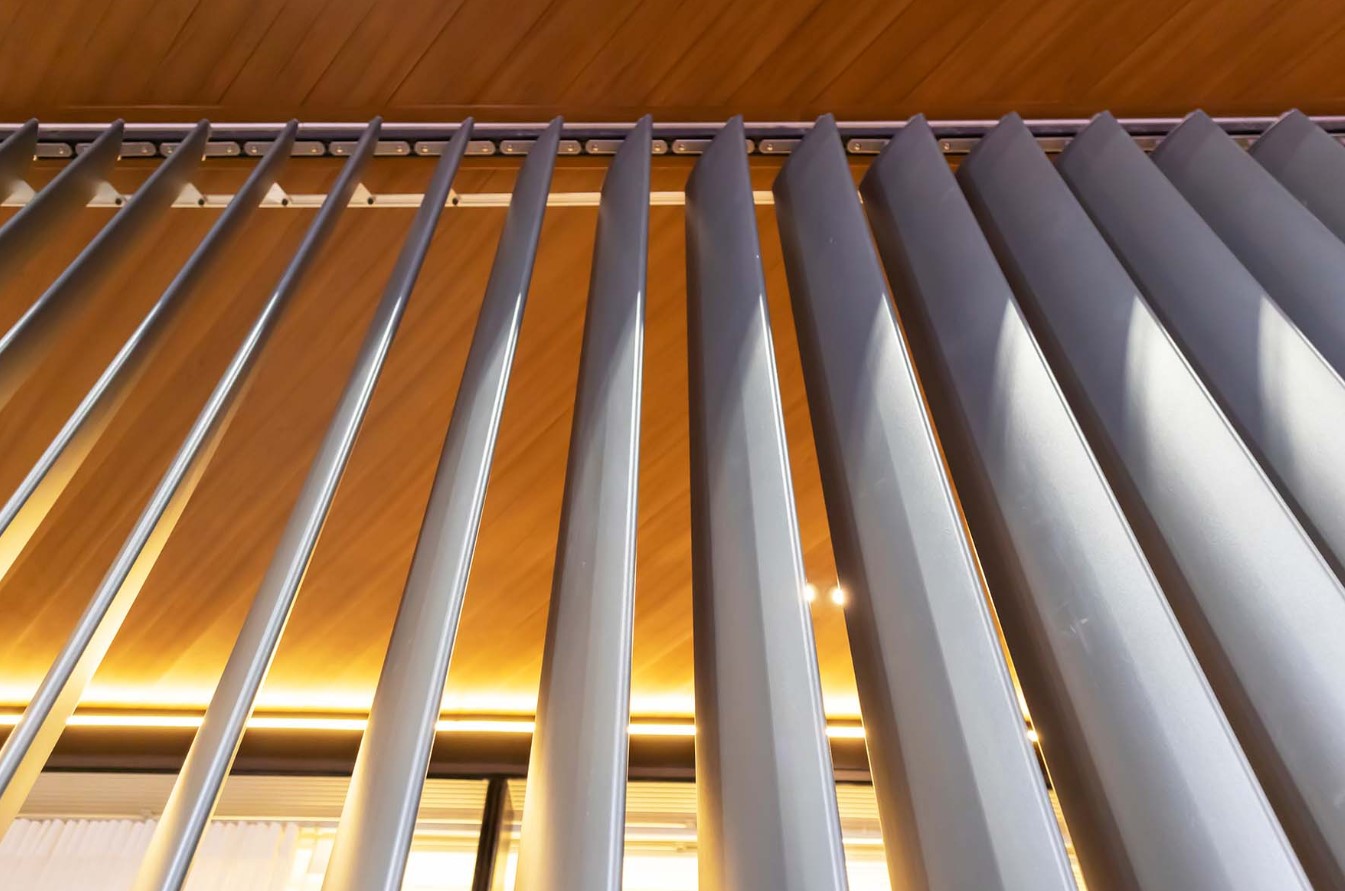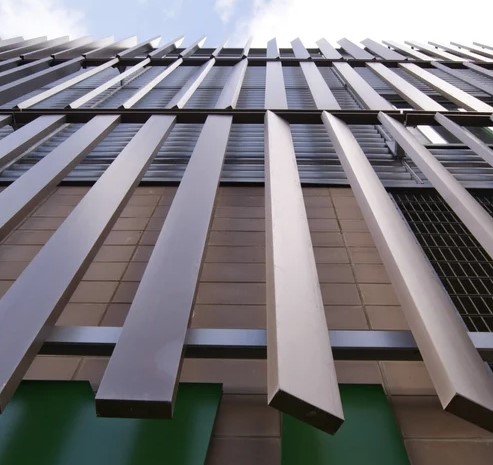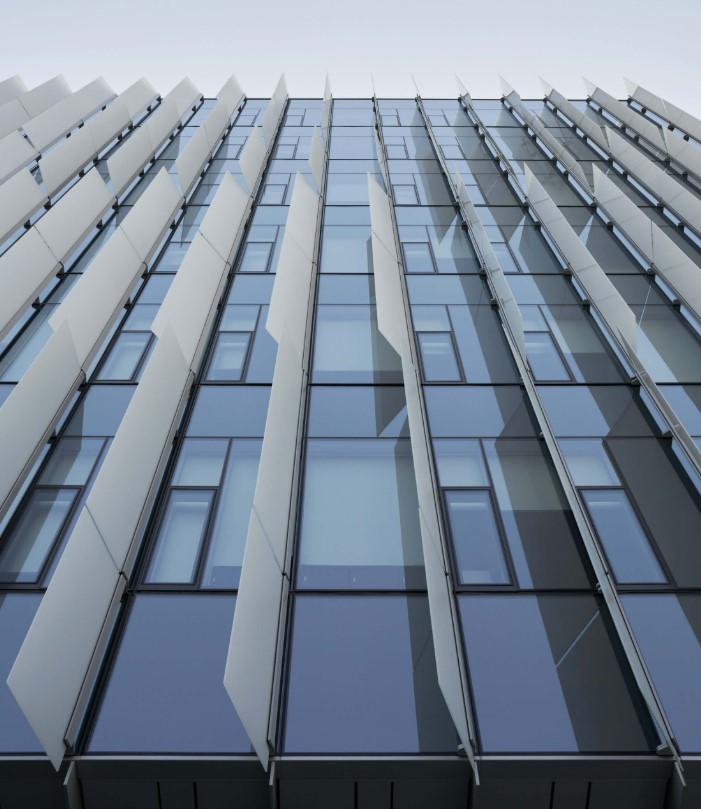Aluminum fins play a critical role in enhancing heat exchange efficiency across various industries, from HVAC systems to automotive radiators. Known for their excellent thermal conductivity, lightweight properties, and resistance to corrosion, aluminum fins have become a preferred choice in both commercial and industrial applications. But what exactly are aluminum fins, and how do they contribute to performance optimization in different systems? At Stavian Industrial Metal, we explore the structural characteristics, manufacturing standards, and specific use cases that define the quality and durability of these components. Whether you’re a mechanical engineer looking to optimize cooling systems or a procurement manager sourcing cost-effective materials, understanding the functionality and benefits of aluminum fins is key to making informed decisions.
Aluminum fins are widely utilized across various sectors due to their exceptional thermal properties and structural adaptability. Their most significant contribution lies in thermal management, making them indispensable in systems where heat dissipation is a priority.
Aluminum fins serve as critical components in many thermal management systems. Their use spans a wide range of industries, including:
Their lightweight nature and corrosion resistance make them particularly suitable for mobile or exposed installations, where performance and longevity are key.
Readers learn more: Steel Rebar D10: What Is It? Characteristics, Uses, Price

From a performance standpoint, aluminum fins deliver several advantages that are difficult to match with other materials:
At Stavian Industrial Metal, we emphasize the need for high-precision design and controlled manufacturing processes to maximize these advantages in real-world use cases.
The effectiveness of aluminum fins depends not only on the material but also on how they are designed. Proper geometry, spacing, and orientation can dramatically impact the heat transfer performance.
Stavian Industrial Metal provides consulting and customization services to ensure that fin configurations meet the specific requirements of our clients’ systems, improving thermal efficiency while maintaining durability.
Readers learn more: Sandwich Aluminum Panels: Structure, Classification, and Advantages

The performance and longevity of aluminum fins are influenced by the alloy grade and surface treatments applied during production. At Stavian Industrial Metal, we offer a variety of aluminum grades tailored to specific thermal, mechanical, and environmental demands.
The selection of alloy and treatment depends on variables such as operating temperature, exposure to chemicals or moisture, and mechanical stresses. Our experts guide clients in choosing the optimal combination for each application scenario.
Precision in production is critical to ensure the structural integrity and performance consistency of aluminum fins. Stavian Industrial Metal utilizes state-of-the-art manufacturing methods to meet these high standards.
Each technique is selected based on application, thermal load, and required dimensional tolerances. Quality control is embedded throughout our processes to guarantee optimal thermal and mechanical performance.
Aluminum’s recyclability adds an essential environmental advantage, aligning with global sustainability goals and reducing the carbon footprint of industrial operations.
Using recycled aluminum in fins not only conserves natural resources but also offers cost savings to clients. We support our partners with lifecycle assessments to quantify environmental benefits and regulatory compliance.

Selecting a reliable supplier for aluminum fins is critical for ensuring consistent performance and long-term cost efficiency. Stavian Industrial Metal distinguishes itself by providing:
Whether you need aluminum fins for a large-scale industrial system or a high-precision electronic component, partnering with a specialized manufacturer like Stavian Industrial Metal guarantees superior results.
The evolution of aluminum fin technology is being shaped by demands for higher efficiency, compact systems, and eco-friendly materials. Emerging trends include:
Stavian Industrial Metal continues to invest in innovation to remain at the forefront of these technological advancements, providing future-ready solutions for industries moving toward greater energy efficiency and digital integration.
Readers learn more
Aluminum Shapes: Types, Uses, and Benefits
Steel Rebar D10: What Is It? Characteristics, Uses, Price
40×80 Aluminum Profile: Specifications and Latest Quotation
Aluminum Extruded Process, Benefits & Industrial Applications
Address
Website: https://stavianmetal.com
Email: info@stavianmetal.com
